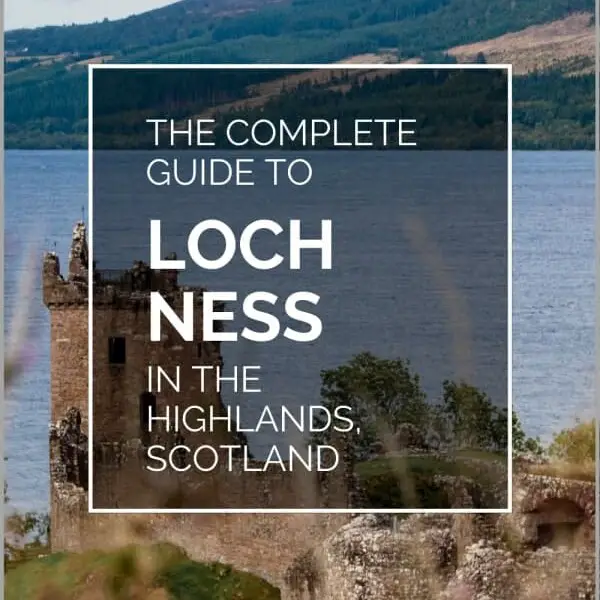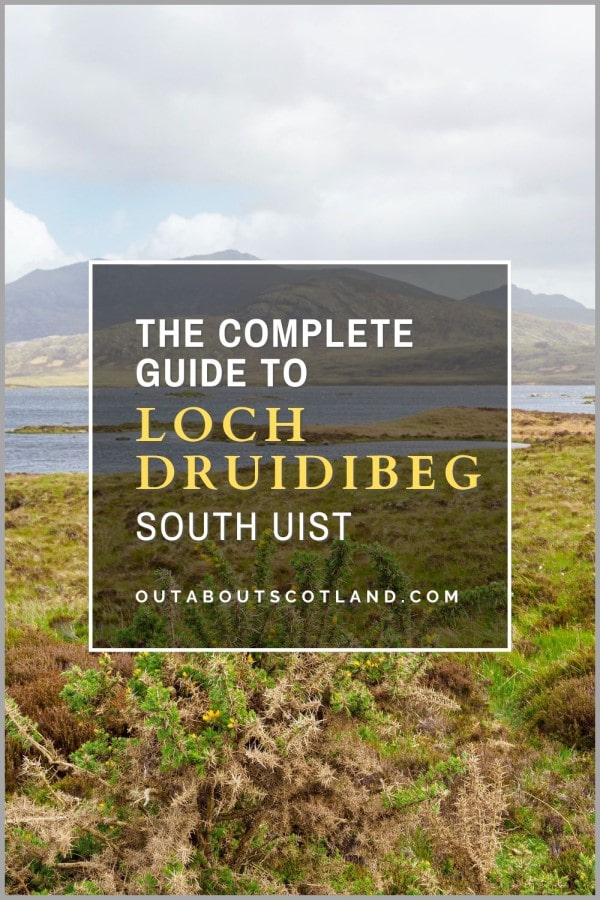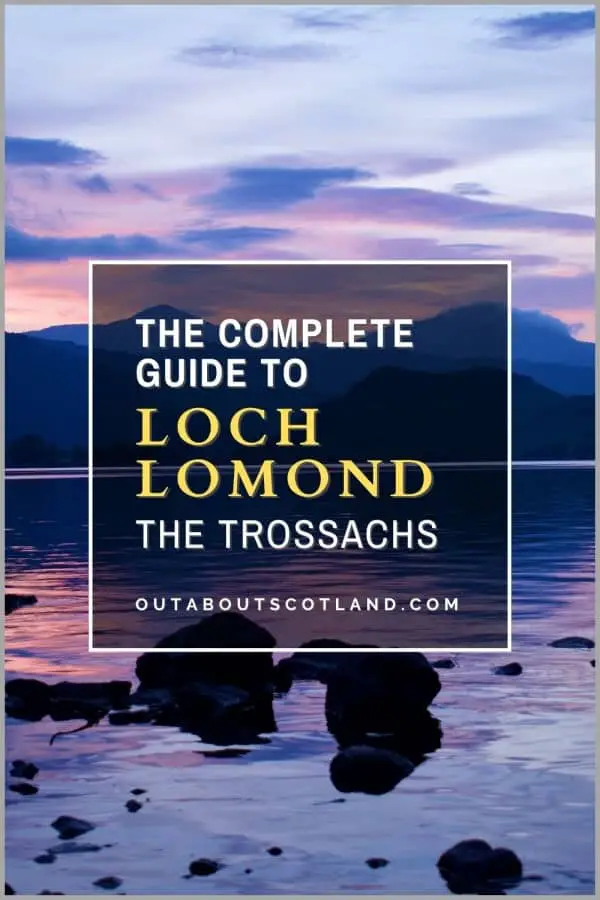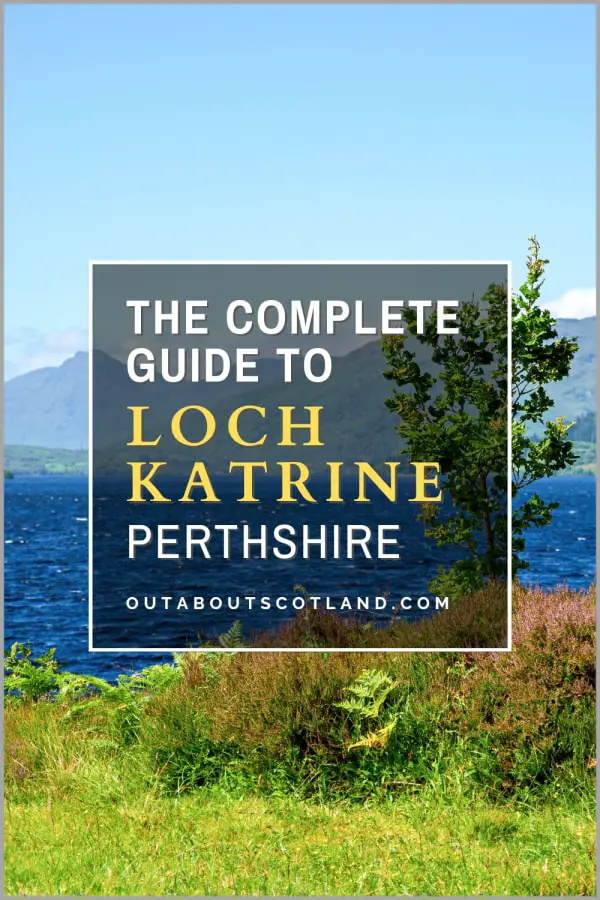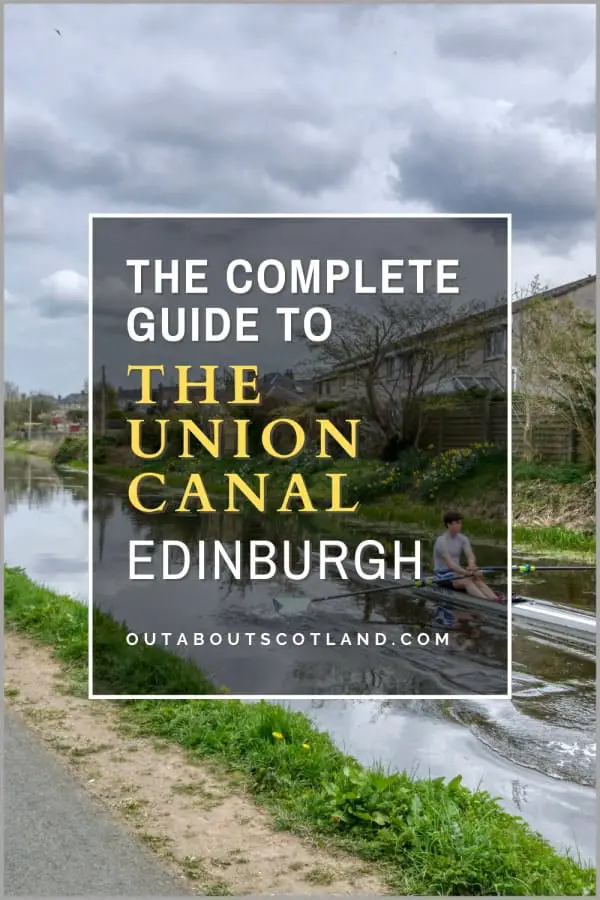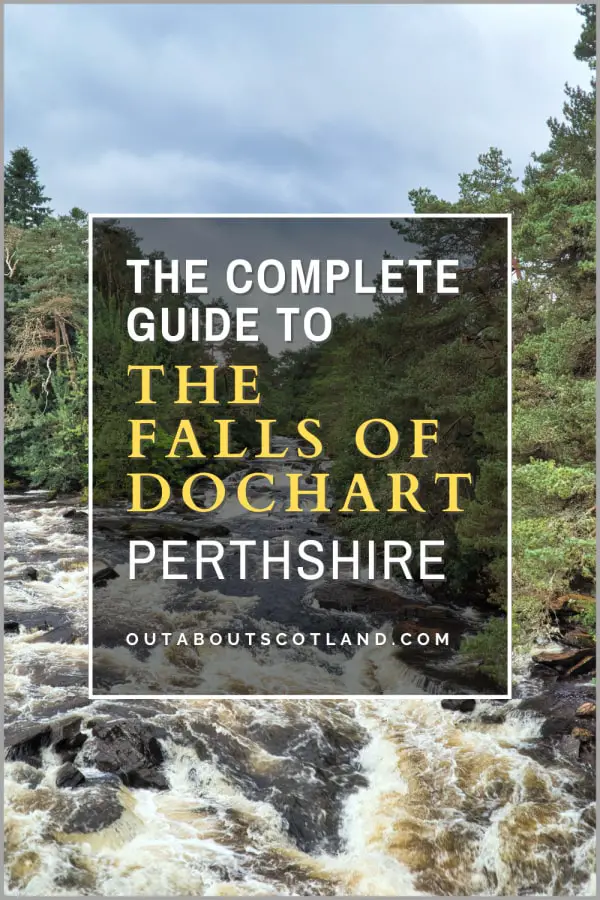Loch Ness is a large, deep, freshwater loch in the Scottish Highlands extending for approximately 23 miles southwest of Inverness. It’s known for its depth, reaching over 230 meters, making it the second-deepest loch in Scotland.
Loch Ness is famously associated with the legendary Loch Ness Monster, also known as ‘Nessie’, a creature reported to inhabit the loch, although its existence remains unproven. The loch is also a popular destination for tourists with activities like boat trips, castle tours, and nature walks.
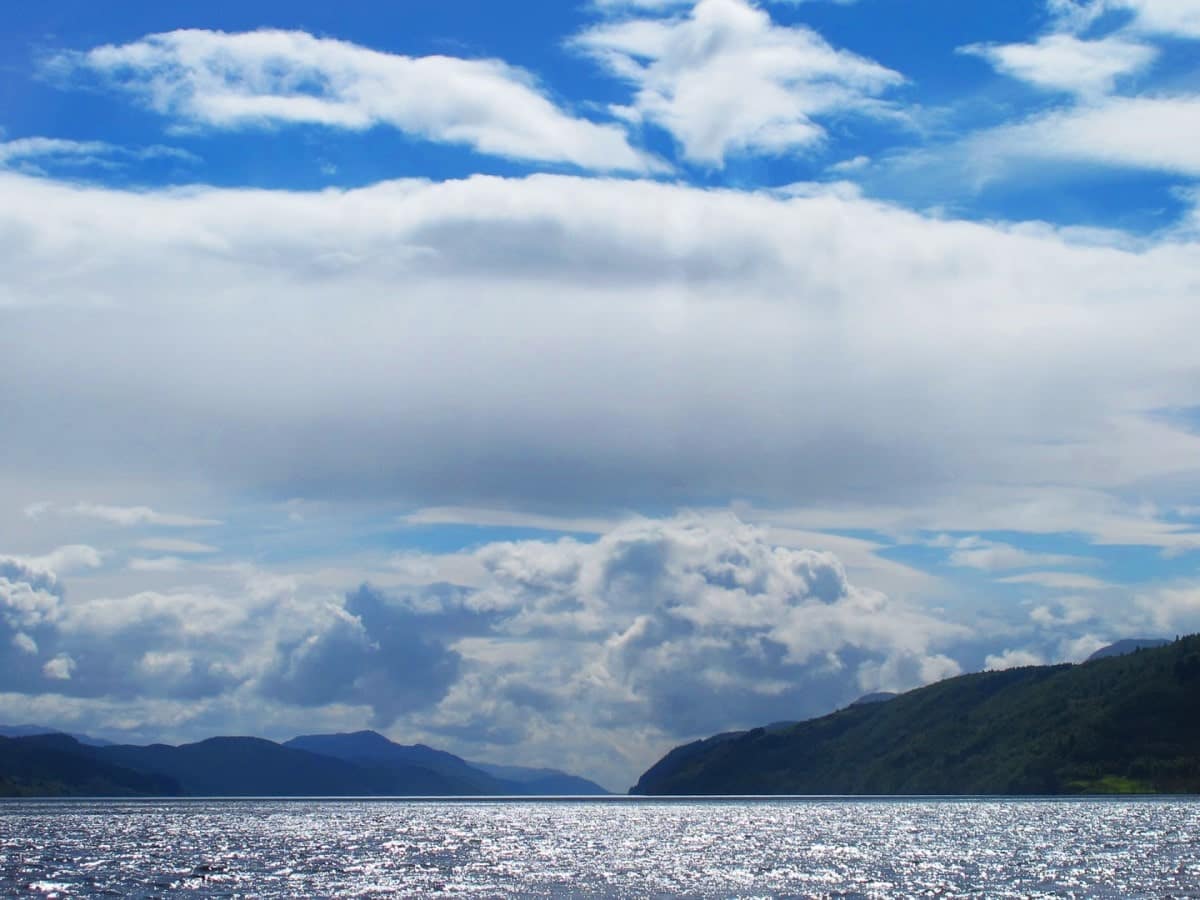
Overview
Loch Ness is without a doubt one of the most famous, most visited, and most photographed tourist attractions in Scotland. Not only is there an abundance of wildlife living both in the loch and along its banks but there’s a rich history to be discovered thanks to nearby attractions like Urquhart Castle and the city of Inverness.
Although Ness isn’t the largest loch by surface area (that crown goes to Loch Lomond), thanks to its 230-metre depths it’s the largest by volume, a fact that has supported reports that a monster is able to evade capture by hiding deep at the bottom of freshwater crevices. In fact, Loch Ness is so big it contains more fresh water than all the lakes of England and Wales combined.
There are lots of pretty villages dotted along its 23-mile length including Fort Augustus on the southern edge which is a favourite stopping-off point with tourists looking to explore the loch by boat.
Some of these tour boats sail the loch’s entire length while others make a return circuit from Fort Augustus to Urquhart Castle, which is the best option in my opinion as it’ll leave you with enough time to either visit the castle or go for a hike around part of the loch’s perimeter.
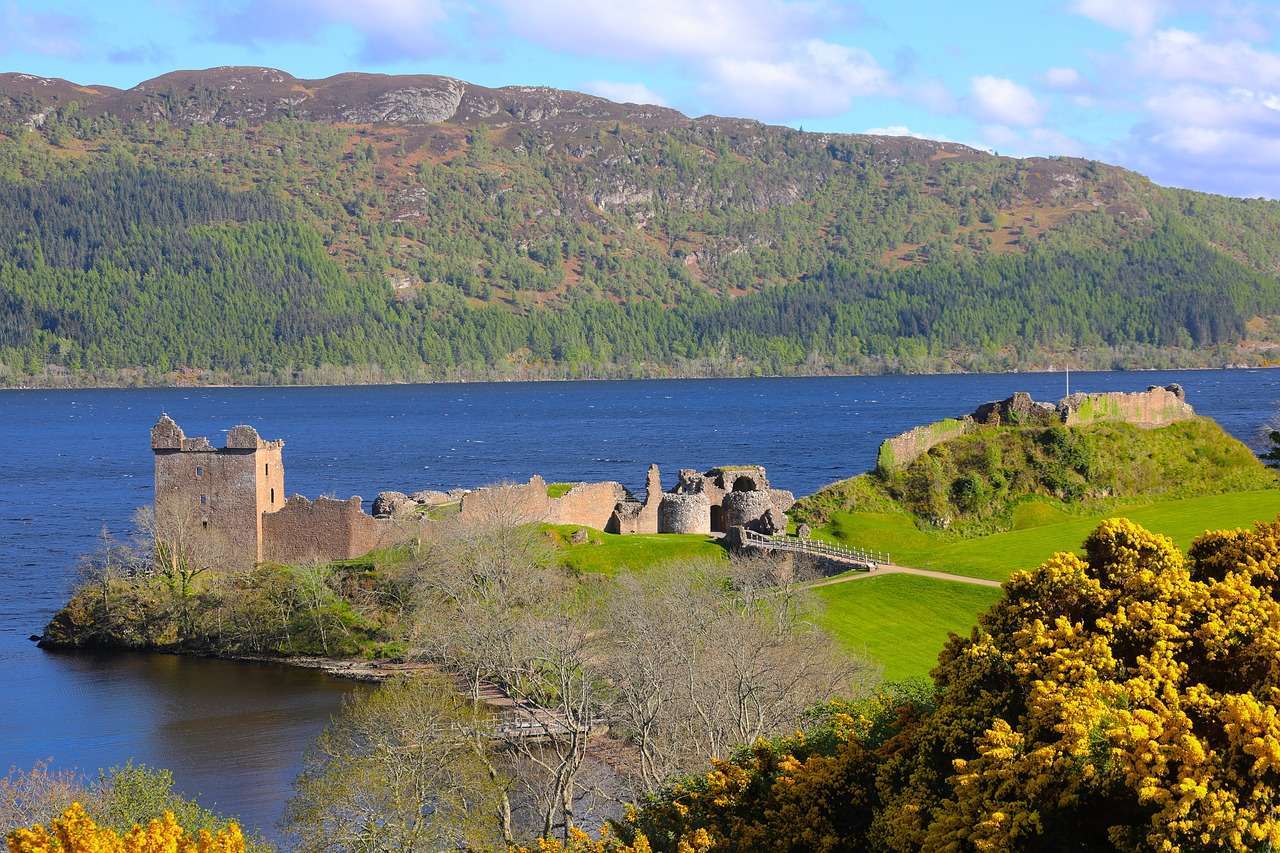
The Highlights
1: One of the key highlights of visiting Loch Ness is Urquhart Castle. Situated on a headland overlooking the loch, this medieval castle has a fascinating history dating back over 1,000 years. Visitors can explore the ruins, learn about its turbulent past through interactive displays in the visitor centre, and enjoy breathtaking views of Loch Ness from the castle’s high vantage points.
2: A trip to Loch Ness wouldn’t be complete without a little Nessie hunting. The Loch Ness Monster, or ‘Nessie’, is a creature said to inhabit the lake and has become a global phenomenon. You can take a boat trip on the loch, visit the Loch Ness Centre, or simply keep your eyes peeled as you explore the area.
3: Fort Augustus has lots of restaurants and cafés. Inverness at the opposite end of the loch is much bigger and has a number of great attractions including a botanic garden, museum, and a cathedral.
Visiting Tips
1: A boat tour is a fantastic way to immerse yourself in the beauty of Loch Ness. Many tours provide informative commentary about the region’s history, geology, and folklore. Besides, you never know – you might even catch a glimpse of the elusive Loch Ness Monster!
2: Visit the Loch Ness Centre and Exhibition to learn about the story of this famous body of water and its legendary monster.
3: Scotland’s weather can be unpredictable, and Loch Ness is no exception. Be prepared for sudden changes – bring waterproof clothing, warm layers, and sturdy shoes, especially if you plan to do some hiking around the loch. Don’t forget your camera or binoculars for wildlife spotting and capturing the beautiful scenery.
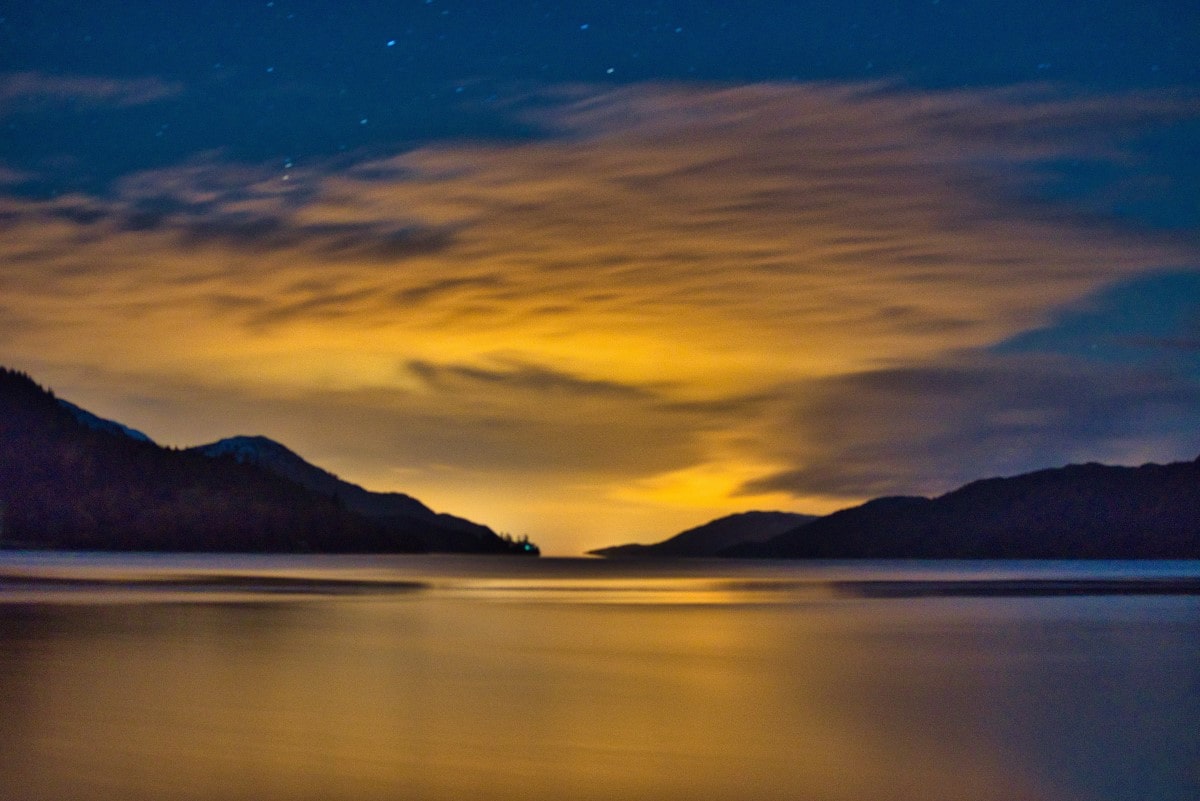
Tourist Information
Tourists wishing to explore the loch can take advantage of cruise boats which ferry passengers around it, while walkers can enjoy the many hiking trails that run along the water’s edge, such as the Fort Augustus Heritage Trail.
History fans, meanwhile, will enjoy the 13th-century Urquhart Castle on the western edge of the loch where fantastic views across the water can be enjoyed while exploring the ruins of one of the largest medieval fortifications in Scotland.
Moving further north you’ll find Inverness – often referred to as the capital of the Highlands – where visitors will find the beautiful River Ness that eventually feeds into the dark, peaty waters of Loch Ness. The many rivers that flow in and out of the loch are an integral and much-enjoyed part of the Ness experience, with the Rivers Ness and Oich being particularly popular with tourists.
If you enjoy sailing, you might be interested to know that sailboats frequently pass through Loch Ness to tour the Caledonian Canal, the 60-mile waterway that runs from Beauly Firth on the northeast coast of Scotland to Loch Linnhe on the west coast. It’s possible to hire boats in Fort Augustus, but it’s expensive with prices starting at around £1,000 per week.
Fisherman keen to catch some of Scotland’s largest fish will find several species living in the water of Loch Ness including Scottish Atlantic Salmon, Brown Trout, Perch, Roach and Char, while golfers will find the nine-hole course at Fort Augustus to be one of the most challenging in the country.
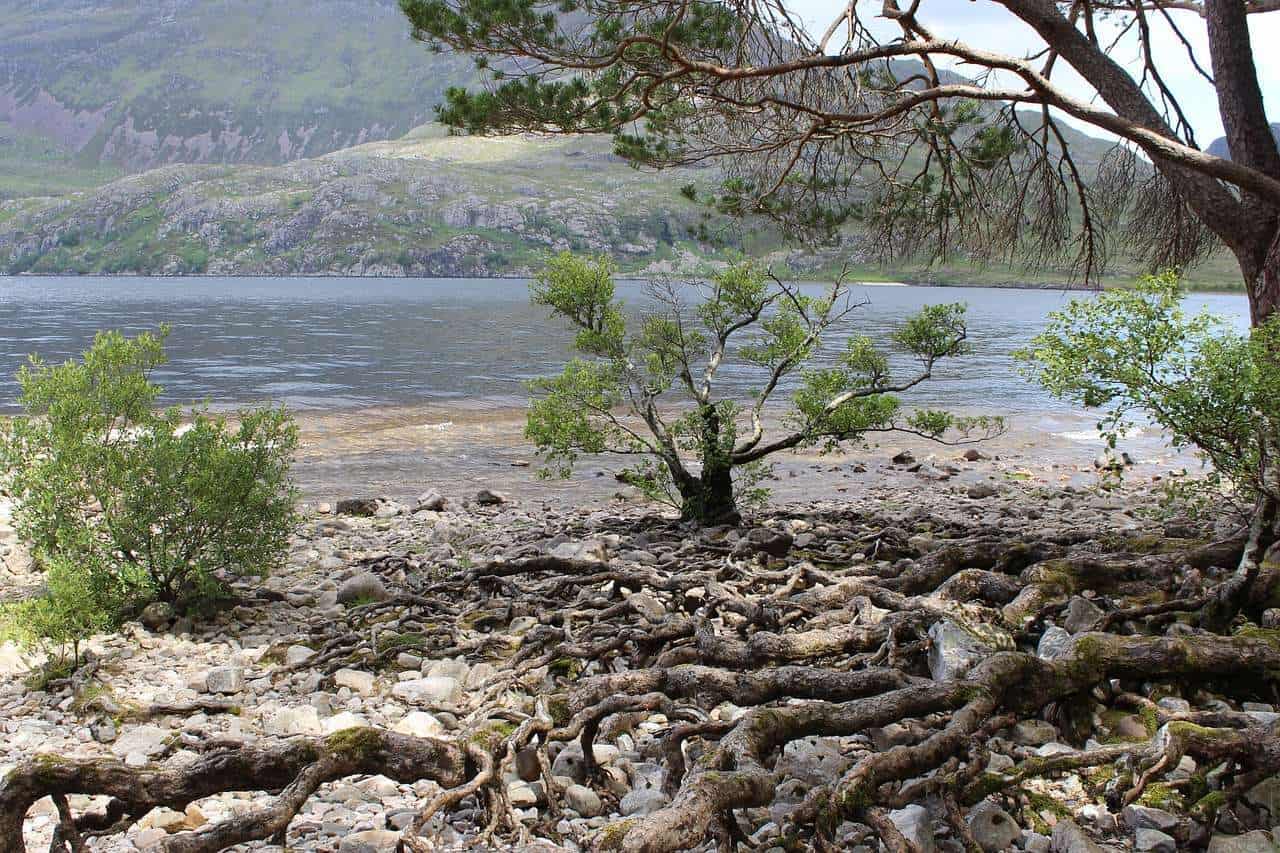
Things to Do
Loch Ness Monster Hunt: A trip to Loch Ness is incomplete without joining the pursuit of its most famous resident, the mythical Loch Ness Monster. Embark on a boat tour equipped with sonar equipment and underwater imaging to try to spot Nessie yourself.
Urquhart Castle Exploration: Perched on the banks of Loch Ness, the ruins of Urquhart Castle offer a deep dive into Scotland’s past. While exploring the castle grounds you’ll learn about its fascinating history, its role in the Wars of Scottish Independence, and tales of the various clans that held it over centuries.
The Loch Ness Centre & Exhibition: This award-winning visitor centre provides an in-depth understanding of the Loch’s geological formation, its folklore, and the ongoing research surrounding the famed Loch Ness Monster. With a combination of multimedia presentations and exhibits, this is a fun and educational attraction that’s suitable for the whole family.
Cruise Loch Ness: Enjoy the breathtaking beauty of Loch Ness and the Great Glen on a leisurely cruise. Loch Ness by Jacobite offers a variety of options from short 50-minute trips to 3-hour excursions, each providing a unique perspective on the loch, its history, and its legends.
Hiking & Wildlife Spotting: The area surrounding Loch Ness is a hiker’s paradise, with trails that cater to all fitness levels. The South Loch Ness Trail, for example, is a 37-mile path offering stunning views of the loch and plenty of opportunities to spot local wildlife like red deer and golden eagles.
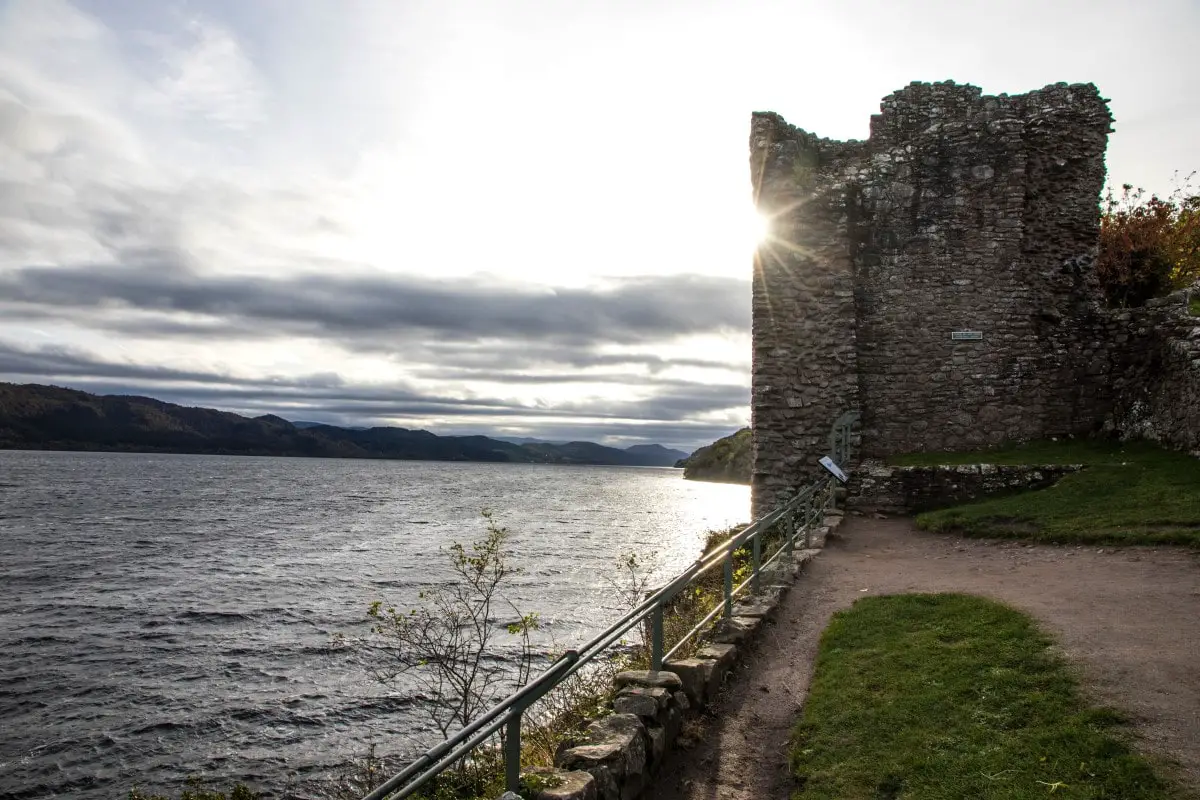
Things to Do Nearby
Urquhart Castle. Drumnadrochit, Inverness IV63 6XJ.
An iconic 16th-century castle situated on the western bank of Loch Ness. The castle was inhabited by both English and Scottish for hundreds of years till it was partially destroyed in 1692. The Historic Environment Scotland visitor centre houses a permanent exhibition about the loch and the castle as well as a restaurant with outside seating and a gift shop.
Loch Ness Centre and Exhibition. Drumnadrochit, Inverness IV63 6TU.
A museum and exhibition centre that aims to educate and entertain visitors with displays and exhibitions about Loch Ness, the monster and the surrounding landscape. There is a café on-site and loch cruises can be booked from the centre.
Urquhart Bay Wood. A82, Inverness IV63 6XN.
An alder woodland located on the shore of Loch Ness with footpaths throughout it. This is one of the few remaining wet woodlands in Scotland where the entire woodland becomes flooded after a rainfall.
The Garden on Loch Ness. Kilianan, Loch Ness Side, Inverness, Highlands and Islands IV3 8LA.
A plant nursery and woodland garden that has an array of native and exotic plants.
Craig Monie. Inverness IV63 6XD.
A hill to the south of Drumnadrochit that provides uninterrupted views across Loch Ness. Note that the hill is open to the public but it is covered in managed fir trees which are forested at any time and there is no clearly marked path to the top.
Frequently Asked Questions
Does Loch Ness freeze in winter?
Loch Ness does not freeze in winter due to its extreme depth which causes the water at the surface to constantly cycle with the water underneath. The loch, therefore, has a near-constant temperature of 5 °C.
The only places on Loch Ness where it occasionally freezes is the shallowest edges near the shoreline.
Can you swim in Loch Ness?
It is possible to swim in Loch Ness, but it is not recommended.
Due to its depth (745 feet at its deepest point) the water of Loch Ness stays cold throughout the year with an average of just 5 °C – even in the height of summer – and entering the water can induce hypothermia in untrained swimmers.
Is Loch Ness the deepest lake in Scotland?
At a maximum depth of 745 feet, Loch Ness is not the deepest loch in Scotland. The deepest loch is Loch Morar at 1,017 feet (310 metres).
Loch Ness is the largest body of water by volume in Scotland. In fact, there is more freshwater in Loch Ness than all the lakes of England and Wales combined.
What is the difference between a loch and a lake?
There is no physical difference between a lake and a loch. Both are bodies of water. The only difference is the ‘word’ loch is the Scottish terminology and ‘lake’ is the English terminology.

